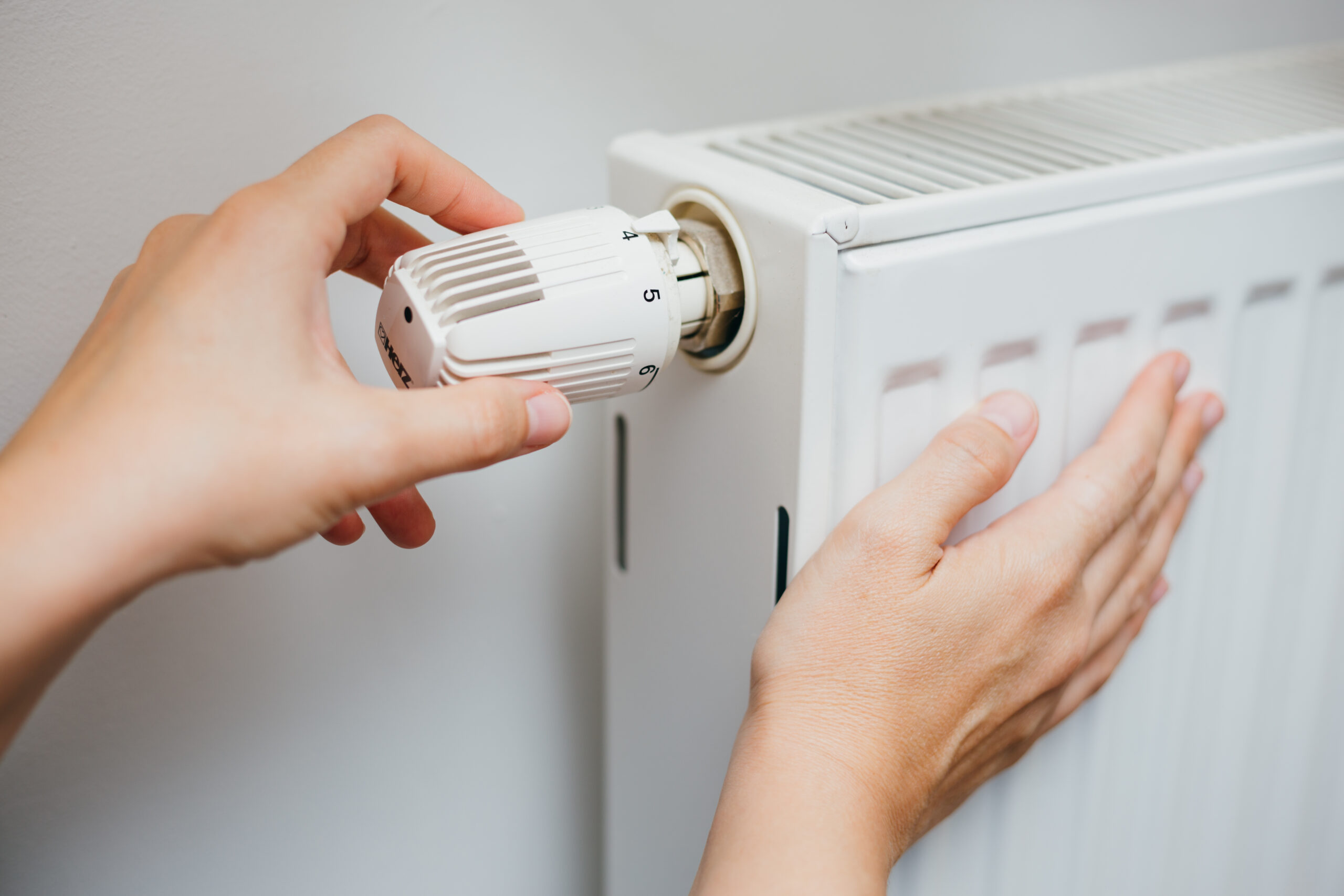 (412) 364-9114
(412) 364-9114

Does a radiator in your house feel cold even when you have the heat on? Your radiator may contain trapped air that’s obstructing its normal flow. Luckily, this common problem is easily fixed. With a few simple tools, the radiator will soon be doing what it’s supposed to do – effectively radiating heat. Before you call the plumber, try your hand at solving the problem yourself by following the simple steps below. You’ll have the place all warmed up in no time!
If your home has 2 floors you should begin bleeding the downstairs radiators first. It’s also advisable to start with the radiator which is furthest away from the boiler. Once you’ve bled all the downstairs radiators you can move on to the upstairs, again beginning with the radiator which is furthest from the boiler.
Ensure that your central heating is switched off before bleeding, as an active heating system can introduce more air into the system. You also want your radiator’s contents to settle completely before releasing the air trapped within. Allow time for the heat in your system to dissipate, then feel all over your radiator for heat. If any part of your radiator is still hot, wait for it to cool completely before proceeding to the next step.
Find something to open the radiator’s “bleed valve.” Look for a small valve at the top of one end of your radiator. On this valve, there will usually be a small square bit which can be turned to adjust the valve. Radiator keys are cheap metal implements designed for opening and closing these valves, and are available at most hardware stores. Find a radiator key that’s the correct size for your valve or, alternatively, search your tool box for a small wrench or screwdriver that’s the right size to turn the valve.
Ensure that both the intake and exit valves of the radiator are turned to the “open” position. Then, insert your radiator key (or screwdriver, etc.) into the bleed screw in the bleed valve at the top of the radiator. Turn the screw counter-clockwise to open the valve. You should hear a hissing sound as air escapes from your radiator. Opening the bleed valve allows trapped cold air to escape, which is replaced with liquid from your heating system via the pipes connected to your heating system.
When a steady stream of water (not a sputtering mixture of air and water droplets) squirts through the bleed valve, you’ve released all of the air trapped in your radiator. Re-tighten your bleed valve (turn the bleed screw clockwise) and ensure that there are no leaks. Use a rag to wipe up any water that’s splashed around your radiator.
To ensure all excess air has been drained from your heating system, it’s best to bleed all of your radiators at once, even if you’ve only been having problems with just one. For a well-maintained heating system, you should try bleeding your radiators regularly. An annual bleeding plus a bleeding after any repairs or modifications to your heating system is usually plenty.
By releasing excess air from your radiators, you’ve lowered the overall pressure of your house’s heating system. If the pressure’s fallen too low, heat might not reach some of your radiators (especially ones on the top floors of your house.) To restore your heating system’s pressure, it may be necessary to top off your boiler with water. For residential heating purposes, a pressure level of around 12-15 psi should suffice. If your boiler has an automatic fill system, your boiler should maintain a pressure reading of about 12-15 psi without any work on your part.
Whether you have questions about your current system or you’re looking for a new install, Terry’s Plumbing has you covered. Explore our services today to get started!